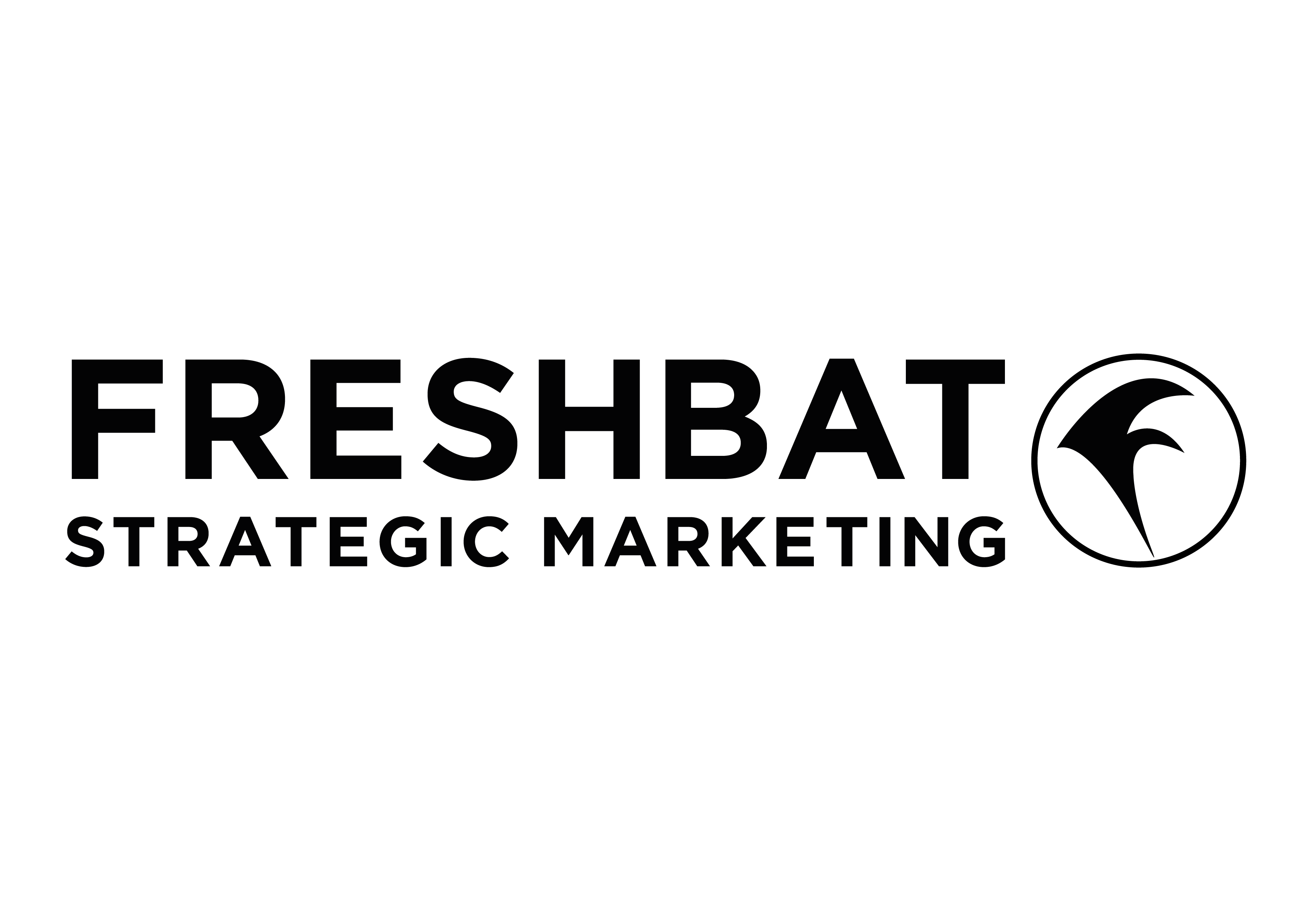When it comes to creating a visual identity or looking for ways to revitalise your brand, it’s important to consider all elements; logo, colour palette and typography. After all, 93% of consumers make purchasing decisions based on visuals alone and up to 90% of an initial impression comes from colour.
The Impact of Colour Theory: Enhancing Brand Recognition and Emotional Connection Through Strategic Colour Choices
Colour theory is often an overlooked area of design but when used correctly, can have a huge impact on buying decisions. This can be on an emotional level, in terms of how consumers feel when they look at a particular colour but also on a practical level, in terms of market standout. Whilst each colour has a different meaning and is associated with different values, we still see brands within the same category using the same colours.
Using colours competitors haven’t used can help you stand out and increase brand awareness. It’s extremely powerful for a brand to effectively own a colour and a great example of this would be Tiffany & Co. ‘Tiffany Blue’ is instantly recognisable to Tiffany & Co and therefore provides competitive advantage. Even without a logo or a mention of its name, Tiffany Blue still achieves instant recognition and that’s the power of colour, when used correctly. However, if a different brand within the same industry decided to also use a tone of blue in their branding, it wouldn’t have the same impact.
Blue is one of the most popular colours used in branding and this is mostly because blue tends to have positive connotations. Whilst the colour blue is suitable for some brands and businesses, it shouldn’t be the go-to colour because it can become repetitive and simply boring. Besides, you want to stand out amongst your competitors, right? Your branding should reflect your brand values, positioning and target audience and therefore choosing the correct colour palette is paramount.
The Power of Typography: How Fonts Shape Brand Identity and Perception
To revitalise your brand to achieve a modern and fresh feel, you also need to consider the fonts you’re using. A simple font change can be enough to redirect and become a better fit for your target audience; whether that’s changing from a serif which is a more traditional, formal font, to using a sans-serif font which has a minimalistic, modern feel. Also revisiting your logo can help refresh your brand.
As an example, Google updated their logo to a sans-serif font from a serif whilst keeping the same colours and this just enhanced their overall look in a more modern and fresher approach. Simplifying can also be a great way to modernise your logo. For example, Pepsi have been successful in applying this method. The Pepsi logo has evolved drastically over the years but remains one of the most recognisable. In its most recent rebrand, the logo has been simplified whilst keeping the bold colour palette and this has created a stronger brand presence and standout from competitors.
Are you considering repositioning your brand? Discover our 6-step guide.
Overall, there are many contributing factors to making your brand feel more modern and fresh and it’s important to always keep both your target audience and your competitors in mind.




